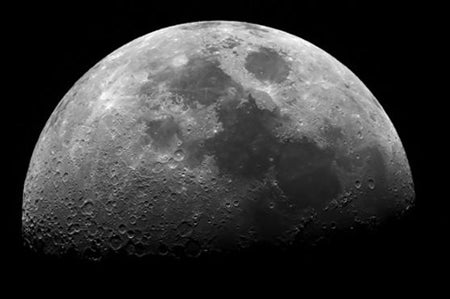Capturing A Full Moon
© Paul LeFevreEven if there aren’t any planned post-Fourth of July firework displays in your area this week, it doesn’t mean you should point your camera away from the sky. You will have a great opportunity on Tuesday to test out your astrophotography skills by photographing a full moon, which is one of the best times to capture the moon with your camera.

© Paul LeFevre
Even if there aren’t any planned post-Fourth of July firework displays in your area this week, it doesn’t mean you should point your camera away from the sky. You will have a great opportunity on Tuesday to test out your astrophotography skills by photographing a full moon, which is one of the best times to capture the moon with your camera. And to help prepare you for this event here are three easy tips, courtesy of the “3 Ways To Shoot the Moon” feature from the June issue of Popular Photography by Kathleen Davis, to ensure you get the best photos of one of the most notable fixtures in the night sky:
1. When the moon is full, follow the Sunny 16 rule. Because a full moon on a clear night reflects sunlight just like the earth on a clear day, avoid getting an overexposed ball or an underexposed foreground by setting your aperture to f/16. Determine your shutter speed using the formula 1/ISO. For example, if you’re shooting at ISO 200, the shutter speed should be 1/200 sec.
**
2.** In other phases, open up the aperture. As the moon waxes and wanes, its brightness stays the same, but there is less light overall, so adjust by 2.5 stops in the first or third phases, and 10 or more stops when it has a thin crescent shape to get a good foreground exposure.
3. Get it early and late. The best time to capture the moon is 10 to 20 minutes before sunrise or after sunset. The moon is distinct then, but there is still enough light to capture detail in the foreground—a rising or setting full moon is best. Look for it directly opposite the sun in the sky (in the east at dusk and the west at dawn).